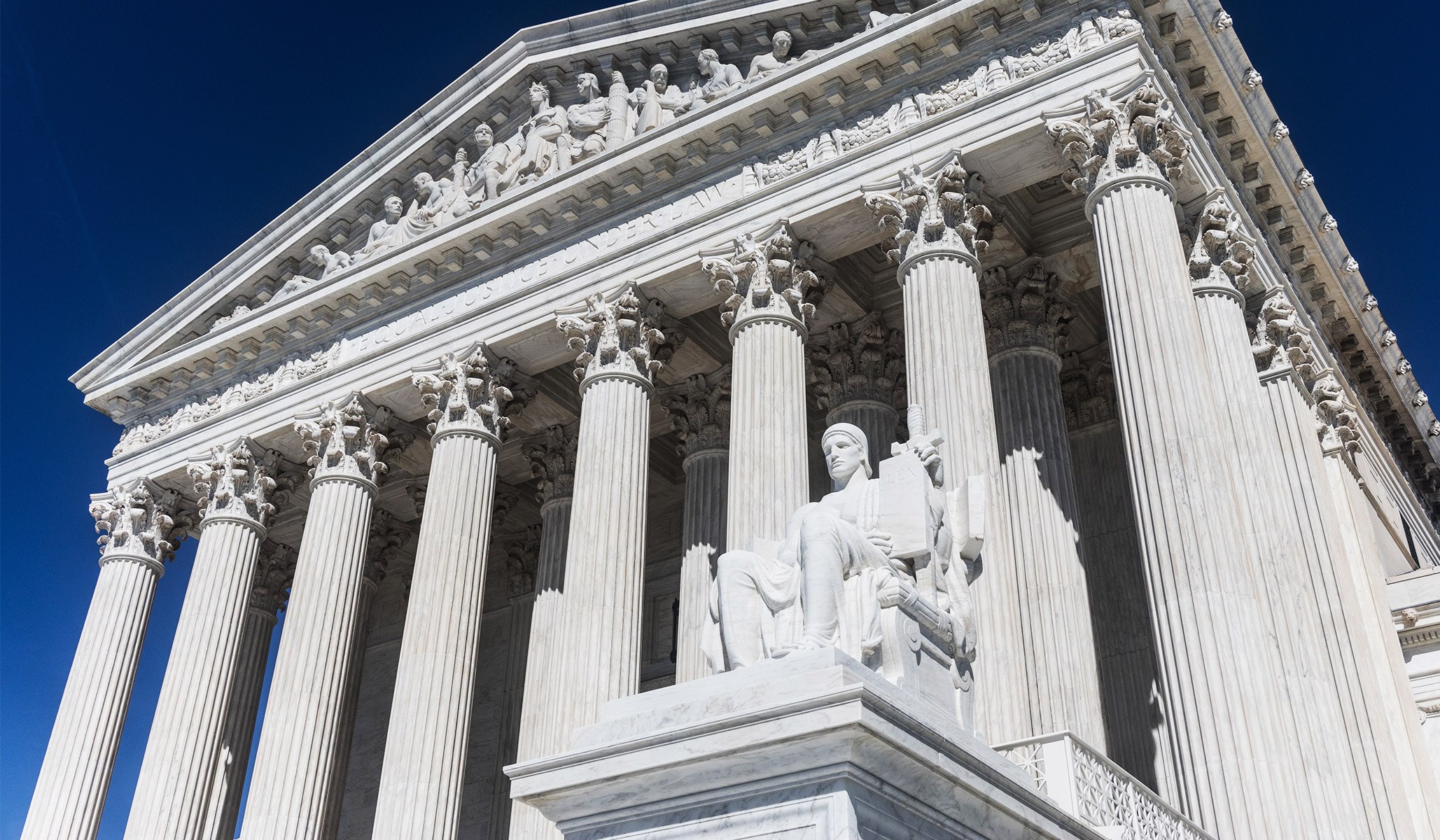By: Victor Davis Hanson – nationalreview.com – July 17, 2018
1) Right to Left. The majority of post-war Republican Supreme Court nominees, who were initially perceived as conservative, turned liberal on the bench (Harry Blackmun, William Brennan, David Souter, John Paul Stevens, Earl Warren), or went from right-wing to center-right or centrist (Warren Burger, Sandra Day O’Connor, Anthony Kennedy, John Roberts). Perhaps the pressures of approval from the liberal social and political culture of Washington, D.C., becomes finally overwhelming. Or justices sense that the liberal media and historians will praise and memorialize a “maverick” who “grows,” “matures,” or “evolves,” while dismissing a “recalcitrant,” “hard-core,” or “reactionary” justice who remains a strict constructionist. A conservative president perhaps realizes that he will get more praise from the Left than blame from the Right when his malleable nominee bolts and become progressive. The ongoing liberal political reassessments of Ronald Reagan and George H. W. Bush in part came from their nominations of Justices Kennedy, O’Connor, and Souter. Or perhaps as we age we all tire a bit and cave to popular pressures and prefer “to just get along” in our sunset years. Controlling the culture — and the threat of ostracism from it — is a powerful tool in massaging political ideology.
2) Never Left to Right. In contrast, few Democratic nominees become centrist or conservative. To do so would be to suffer something like the “Dershowitz effect” that brands independent-thinking liberal legal scholars, such as Harvard law professor Alan Dershowitz, who remain progressive but honor the law, as veritable traitors and pariahs. Most Democratic justices arrived at the Court either from the academic world, the bureaucratic state, or private legal practice — all overwhelmingly liberal environments. They certainly realize that university appearances, favorable media coverage, and legacy and historical memorialization all hinge on remaining liberal or intensifying their liberal fides. Moreover, vote against Second Amendment rights, and no right-wing zealot is going to corner you at a D.C. bistro. But vote against Roe v. Wade and be prepared to have enraged leftists camped on your Chevy Chase lawn yelling “traitor!” and “fascist!”
3) Swing Vote. A swing vote is usually a Republican who on occasion votes in a progressive mode. Kennedy supposedly had institutionalized his swing seat to the point that progressives assumed that his billet was an inheritable permanent swing slot — as long as the Court was divided and Congress was in Republican hands. In contrast, no one could ever assume that a Justice Kagan or Sotomayor would become a swing voter. This is also no such thing as a “swing” seat when there are five progressive justices on the Court.
4) The Ginsburg Rule. It’s now permissible for liberal nominees to speculate on future Court cases, or decline to speculate, whichever helps them most. Liberal nominees fearlessly showcase their progressive fides on affirmative action, abortion, or gay marriage when their confirmation vote is assured; if the Senate is closely divided between left and right, however, they claim they cannot comment on individual hypothetical scenarios. Republican nominees, if retreating to the “Ginsburg Rule” to decline comment will be damned as being “evasive,” “stonewalling,” or “deceptive.” If they’re candid about their views (on the assurance they will be confirmed), they are then slurred as “divisive,” “brazen,” or “scary”.
Liberals appreciate an institution that can bypass the messy process of legislation in a constitutional republic and short-circuit the clingers, deplorables, and irredeemables and their often-Neanderthal, obstructionist representatives.
5) Better Than the Congress. Liberals see the Court as a political institution; conservatives, more as an arbitrator of laws and guardians of the perceived original intent of the Constitution. As in the case of the military (that can by fiat include women in combat units, green-light gays in the military, or enhance transgendered recruitment), liberals appreciate an institution that can bypass the messy process of legislation in a constitutional republic and short-circuit the clingers, deplorables, and irredeemables and their often-Neanderthal, obstructionist representatives. Too often, the red-staters vote supposedly against their own interests and are not capable of seeing, much less voting for, what is good for them. Instead, a majority of highly educated “apolitical” elite minds can perform the role of Platonic Guardians. As “wise men and women,” justices by fiat override both presidential executive orders and congressional and state legislation to do what is “good” for Americans even if the beneficiaries at present are either unwilling or unable to appreciate their betters.
6) Gaffes. There are no liberal judicial gaffes. Any written or spoken word in a conservative justice’s past is seen as a window into his or her dark heart. Not so with liberal nominees. If Sonia Sotomayor has stated that a justice’s innate competence often rests with her ethnic or gender status, it is considered either irrelevant or a cry of the heart: …
To see the remainder of this article, click read more.
![]()
Source: Ten Commandments of the Supreme Court
 Listen Online
Listen Online Watch Online
Watch Online Find a Station in Your Area
Find a Station in Your Area









 Listen Now
Listen Now Watch Online
Watch Online
